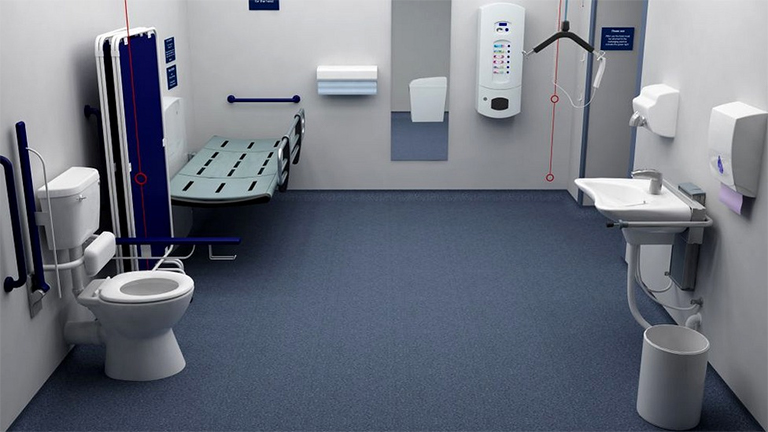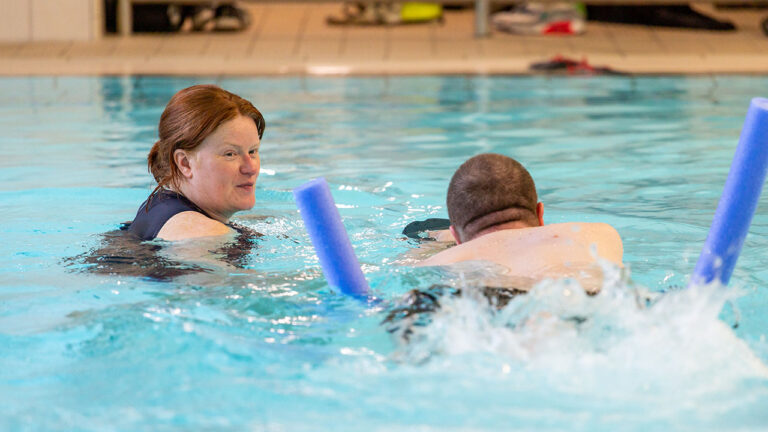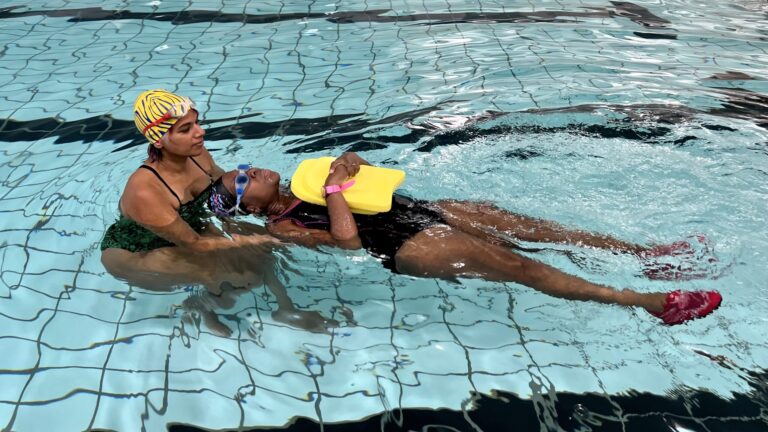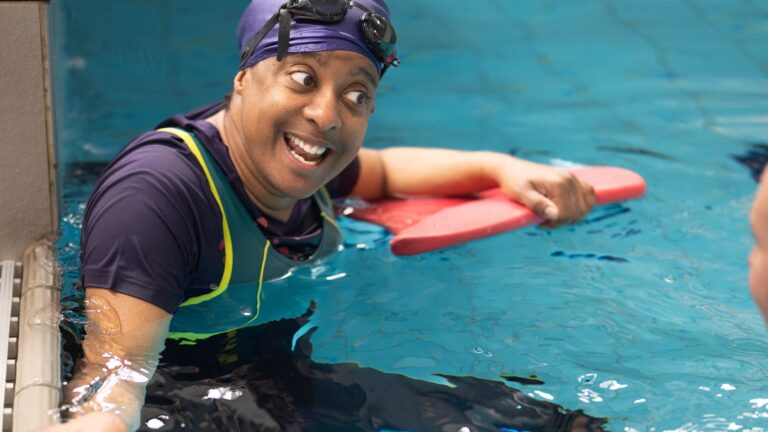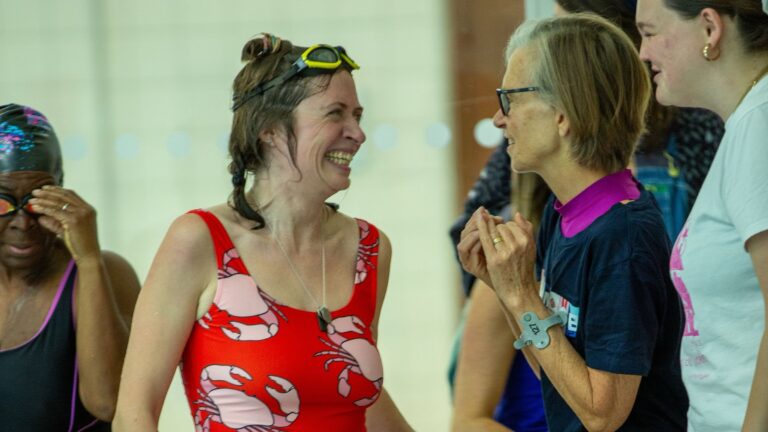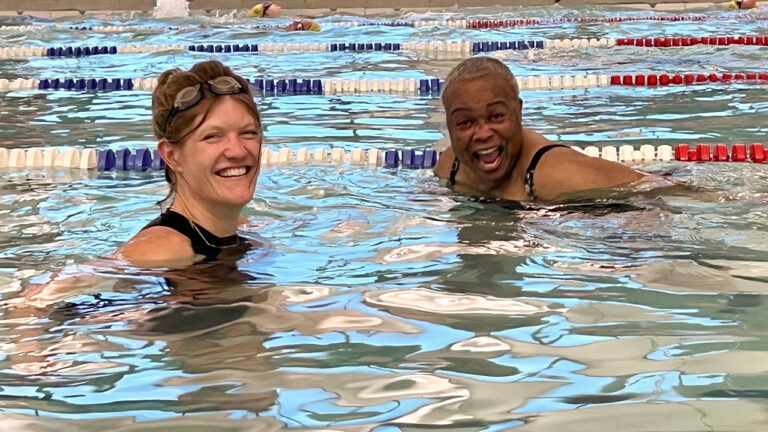Being in the water is a moment of pleasure for many people who can enjoy the freedom and relaxation while improving their mental and physical health through swimming. Everyone should have the same opportunities to participate in sports and fitness activities, and we shouldn’t discriminate against people with disabilities.
This week and next, we look at the special needs of people with disabilities when accessing swimming pools. First, it is important to consider the challenges encountered by those individuals before they even go into the water, from getting to the venue itself to the navigation around the building up to the pool area.
Public Transport
Until it affects you, you are unlikely to notice these obstacles. For example, most people don’t realise how many steps they encounter every day, until they have to push a buggy. Only 50 of 270 tube stations do not involve escalators or steps, meaning wheelchair users can only use 19% of the network. This in turn means longer diversions for someone that already has a more complicated journey.
Pool Accessibility
As many pools are in old buildings, they were not built with accessibility in mind. The presence of just one single step in a leisure centre, without alternative access, means some people are completely unable to use that pool. Although newer pools are better thanks to more recent standards, the retrofitting of older facilities takes time and can be poor.
Services such as free entry for their carer or personal assistant, as well as personalised induction, can help people with disabilities get familiar with the venue and the equipment.
Tactile paving should be used around the pool to alert visually impaired people of the water’s edge, so that they can safely move around.
Changing Rooms
Swimming centres also have a responsibility to provide adequate changing facilities for disabled staff and visitors. Design considerations of a disabled changing room include a door with outward opening, a wall-mounted tip-up seat, an emergency assistance alarm system reachable from the seat or the floor, contrasting colours to help people with visual impairment, and a number of grab rails well positioned for convenience and safety. It is important that disabled changing rooms are kept clean, clear and available for their designated purpose.
How You Can Help
It’s important to be aware of those obstacles: reading this blog is a great source of information so well done on your first step. Next time you go to a sports facility, look around you and notice the accessible features – and which ones are not. When planning a swimming session or any other activity with a disabled person, you may want to ask them if they need help planning their journey, or give them more time for navigating around the building before you start the session.
